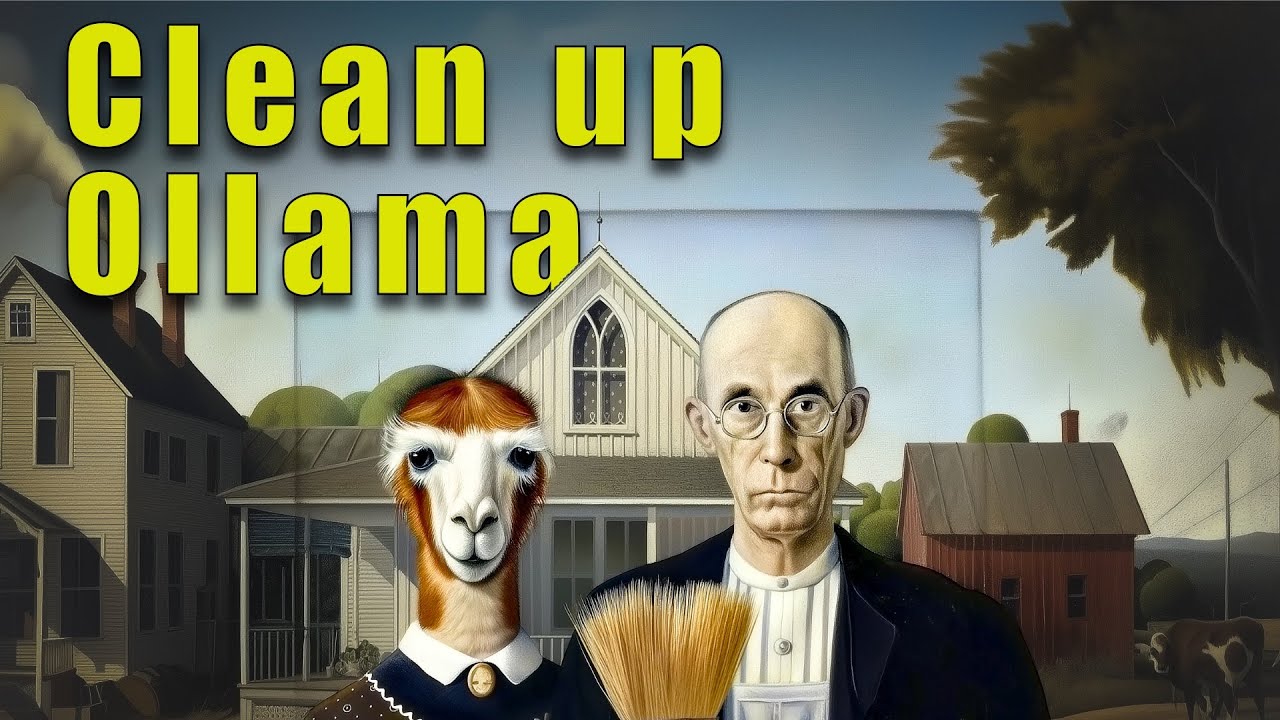The video “Ollama Cleanup Like a Pro” provides a detailed guide on decluttering the Ollama environment by managing incomplete downloads and removing unnecessary models using commands and third-party tools. It also outlines the steps for uninstalling Ollama on various platforms, emphasizing the importance of maintaining a clean setup for optimal performance.
In the video “Ollama Cleanup Like a Pro,” the presenter offers a comprehensive guide to decluttering the Ollama environment, which can accumulate unnecessary files over time. The video is part of a free advanced course aimed at helping users effectively manage their Ollama setup. The presenter, a founding member of the Ollama team and an experienced trainer, emphasizes the importance of maintaining a clean environment, especially for users who may have incomplete downloads or models they no longer use.
The video begins by addressing the issue of incomplete downloads, which can occur due to various reasons, such as internet interruptions or user distraction. These incomplete downloads can take up valuable disk space, regardless of how much storage a user has. The presenter explains that Ollama is designed to resume downloads after interruptions, but if the server process is restarted, it may prune these incomplete downloads without notification. To prevent this, users can set an environment variable called “Ollama No Prune,” which allows incomplete downloads to remain until the user decides to remove them.
Next, the presenter discusses how to identify and remove models that are no longer needed. By using the “ollama ls” command, users can view a list of their models along with basic information such as size and last modified date. However, there is no built-in command to sort models by size directly, making it tedious to manage them manually. The presenter recommends using a third-party utility called “go llama,” which simplifies the process by allowing users to sort models by size and delete them easily. This tool also provides insights into the RAM requirements for running different models.
The video also covers scenarios where users may want to completely remove Ollama from their systems. The presenter outlines the steps for uninstalling Ollama on various platforms, including Windows, Mac, and Linux. Users are advised to stop the Ollama service, remove executables, and delete associated files and directories. The presenter emphasizes that if users have installed Ollama through alternate package managers, they will need to research the specific uninstallation process for those systems.
In conclusion, the video serves as a valuable resource for Ollama users looking to optimize their environment by cleaning up unnecessary files and managing their models effectively. The presenter encourages viewers to take advantage of the tips and tools provided to maintain a clutter-free setup. Ultimately, the goal is to ensure that users can continue to benefit from Ollama without the burden of excess files, while also fostering a community of learners eager to improve their experience with the platform.
